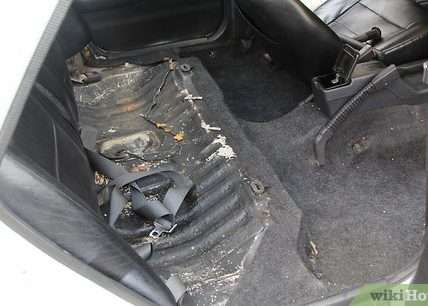Ensuring your vehicle’s wheels are securely attached is paramount for safety and performance. One of the most critical aspects of wheel installation is tightening the lug nuts to the correct torque specification. Applying too little torque can lead to loose wheels and potentially catastrophic consequences‚ while over-tightening can damage the studs‚ warp rotors‚ or make future removal incredibly difficult. This guide will provide a comprehensive overview of lug nut torque‚ why it’s important‚ and how to find the correct specifications for your car.
Why is Lug Nut Torque Important?
Proper lug nut torque is crucial for several reasons. It ensures even pressure distribution across the wheel mounting surface‚ prevents vibrations‚ and minimizes the risk of wheel detachment. Ignoring torque specifications can lead to serious safety hazards. Below are the key reasons why the correct torque is vital:
- Safety: Prevents wheels from loosening and potentially falling off while driving.
- Performance: Ensures optimal wheel balance and reduces vibration.
- Component Longevity: Protects wheel studs‚ rotors‚ and other wheel components from damage.
Finding the Correct Torque Specifications
Locating the correct lug nut torque specification for your vehicle is essential before performing any wheel maintenance. The proper torque value varies based on factors such as the vehicle make and model‚ wheel material (steel vs. aluminum)‚ and stud size. Here are the common locations to find this information:
Vehicle Owner’s Manual
The owner’s manual is the most reliable source for your vehicle’s specific lug nut torque specifications. It typically provides a range of torque values that are recommended by the manufacturer.
Door Jamb Sticker
Some vehicles have a sticker on the driver’s side door jamb that includes tire and wheel information‚ including recommended torque specifications. Check here for a quick reference.
Online Databases and Charts
Many online resources provide comprehensive lug nut torque charts based on vehicle make‚ model‚ and year. These can be helpful if you don’t have access to the owner’s manual or door jamb sticker. However‚ always cross-reference with another source to ensure accuracy.
Example Torque Values (Note: These are examples only and should not be used without verifying your specific vehicle’s requirements)
Keep in mind that torque values are measured in foot-pounds (ft-lbs) or Newton-meters (Nm). Here are a few common examples:
| Vehicle Type | Typical Torque Range (ft-lbs) |
|---|---|
| Compact Cars | 80-100 ft-lbs |
| Mid-Size Sedans | 90-110 ft-lbs |
| Trucks & SUVs | 100-140 ft-lbs |
Proper Lug Nut Tightening Procedure
Using the correct torque wrench and following the proper tightening sequence are just as important as knowing the right torque specification. A star pattern ensures even distribution of force across the wheel mounting surface.
Fact: Using a torque wrench is the only accurate way to ensure proper lug nut tightness. Impact wrenches can easily over-tighten lug nuts.
- Hand-Tighten: Start by hand-tightening the lug nuts in a star pattern (opposite nuts) to ensure the wheel is seated correctly.
- Torque Wrench: Set your torque wrench to half the specified torque value and tighten the lug nuts in a star pattern.
- Final Torque: Set the torque wrench to the full specified torque value and tighten the lug nuts again in the same star pattern.
- Re-Torque: After driving approximately 50-100 miles‚ re-torque the lug nuts to ensure they remain properly tightened.
FAQ Section
This section addresses frequently asked questions related to lug nut torque specifications.
What happens if I over-tighten lug nuts?
Over-tightening lug nuts can stretch or break the wheel studs‚ damage the wheel‚ and warp the brake rotors. It can also make it extremely difficult to remove the lug nuts in the future.
What happens if I under-tighten lug nuts?
Under-tightening lug nuts is extremely dangerous. The wheel can loosen while driving‚ leading to vibrations‚ damage to the wheel bearings‚ and potentially causing the wheel to detach completely.
Can I use an impact wrench to tighten lug nuts?
It is generally not recommended to use an impact wrench for final tightening‚ as it’s difficult to control the exact torque applied. Impact wrenches are best used for loosening lug nuts. Always use a torque wrench for the final tightening to ensure accuracy.
Do I need to lubricate lug nuts before tightening?
It is generally not recommended to lubricate lug nuts unless specifically instructed to do so by the vehicle manufacturer. Lubrication can affect the friction between the lug nut and the wheel‚ leading to inaccurate torque readings.

